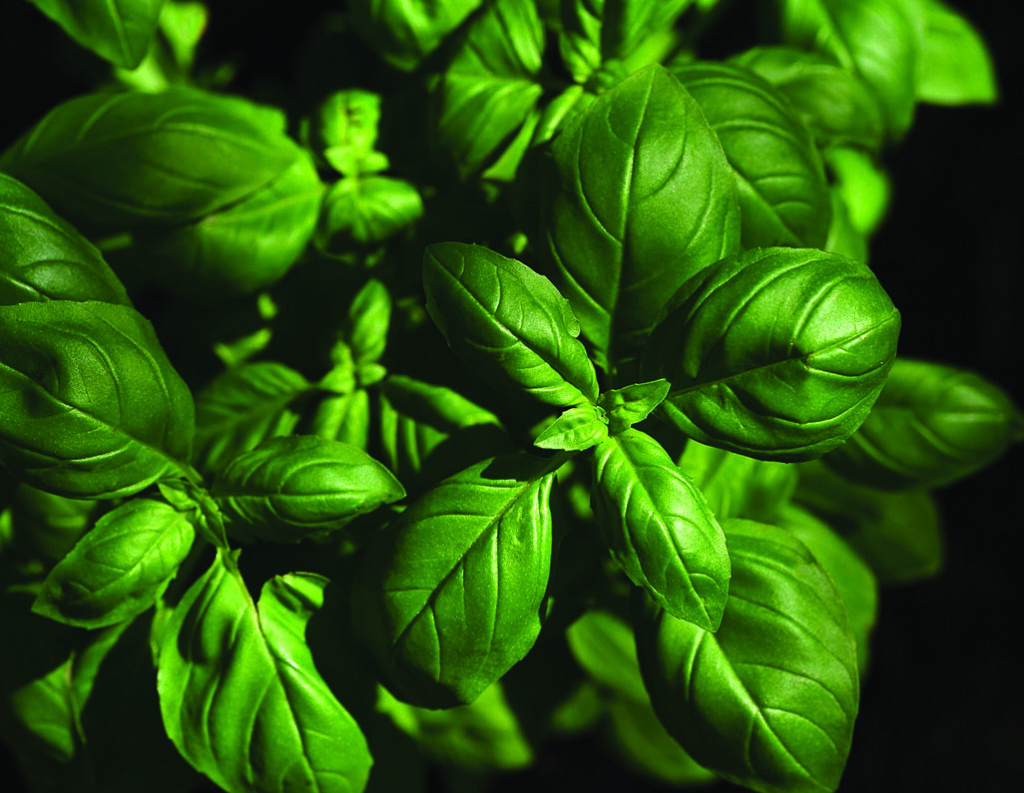Growing Herbs for the Home Gardener
go.ncsu.edu/readext?1061753
en Español / em Português
El inglés es el idioma de control de esta página. En la medida en que haya algún conflicto entre la traducción al inglés y la traducción, el inglés prevalece.
Al hacer clic en el enlace de traducción se activa un servicio de traducción gratuito para convertir la página al español. Al igual que con cualquier traducción por Internet, la conversión no es sensible al contexto y puede que no traduzca el texto en su significado original. NC State Extension no garantiza la exactitud del texto traducido. Por favor, tenga en cuenta que algunas aplicaciones y/o servicios pueden no funcionar como se espera cuando se traducen.
Português
Inglês é o idioma de controle desta página. Na medida que haja algum conflito entre o texto original em Inglês e a tradução, o Inglês prevalece.
Ao clicar no link de tradução, um serviço gratuito de tradução será ativado para converter a página para o Português. Como em qualquer tradução pela internet, a conversão não é sensivel ao contexto e pode não ocorrer a tradução para o significado orginal. O serviço de Extensão da Carolina do Norte (NC State Extension) não garante a exatidão do texto traduzido. Por favor, observe que algumas funções ou serviços podem não funcionar como esperado após a tradução.
English
English is the controlling language of this page. To the extent there is any conflict between the English text and the translation, English controls.
Clicking on the translation link activates a free translation service to convert the page to Spanish. As with any Internet translation, the conversion is not context-sensitive and may not translate the text to its original meaning. NC State Extension does not guarantee the accuracy of the translated text. Please note that some applications and/or services may not function as expected when translated.
Collapse ▲ An herb is any plant used whole or in part as an ingredient for health, flavor, or fragrance. Herbs can be used to make teas; perk up cooked foods such as meats, vegetables, sauces, and soups; or to add flavor to vinegars, butters, dips, or mustards. Many herbs are grown for their fragrance and are used in potpourris, sachets, and nosegays; or to scent bath water, candles, oils, or perfumes. More than 25% of our modern drugs contain plant extracts as active ingredients, and researchers continue to isolate valuable new medicines from plants and confirm the benefits of those used in traditional folk medicine.
An herb is any plant used whole or in part as an ingredient for health, flavor, or fragrance. Herbs can be used to make teas; perk up cooked foods such as meats, vegetables, sauces, and soups; or to add flavor to vinegars, butters, dips, or mustards. Many herbs are grown for their fragrance and are used in potpourris, sachets, and nosegays; or to scent bath water, candles, oils, or perfumes. More than 25% of our modern drugs contain plant extracts as active ingredients, and researchers continue to isolate valuable new medicines from plants and confirm the benefits of those used in traditional folk medicine.
Herbs as a group are relatively easy to grow. Begin your herb garden with the herbs you enjoy using the most. For example, choose basil, oregano, and fennel for Italian cooking; lavender and lemon verbena for making potpourri; or chamomile, peppermint, and blue balsam mint if you plan to make your own teas.
The optimum growing conditions vary with each individual herb species. Some of the herbs familiar to North Americans, such as lavender, rosemary, thyme, bay laurel, marjoram, dill, and oregano are native to the Mediterranean region. These herbs grow best in soils with excellent drainage, bright sun, and moderate temperatures.
When growing herbs follow these basic guidelines:
- Choose a site that receives at least 6 hours of direct sun each day.
- Avoid ground where water stands or runs during heavy rains.
- Compensate for poor drainage with raised beds amended with compost.
- Apply balanced fertilizers sparingly to leafy, fast-growing herbs. Heavy applications of fertilizer, especially those containing large amounts of nitrogen, will decrease the concentration of essential oils in the lush green growth.
Plan your herb garden by grouping herbs according to light, irrigation, and soil requirements. Most herbs enjoy full sun, but a few tolerate shade. Herbs can be classified as either annual, biennial, or perennial. Be aware of the growth habits of the plants before you purchase them. Some herbs, such as borage, anise, caraway, chervil, coriander, cumin, dill, and fennel, should be direct-seeded, because they grow easily from seed or do not transplant well. Other herbs, such as mints, oregano, rosemary, thyme, and tarragon, should be purchased as plants and transplanted or propagated by cuttings to ensure production of the desired plant (do not come true from seeds).
To conserve moisture and prevent splashing mud, mulch your garden after planting. Use 1 to 2 inches of organic material. Many growers mulch with hardwood bark or a mixture of bark and sawdust.
When grown outdoors and given ample air circulation, sunlight, and water drainage, herbs rarely suffer severe disease or insect damage. Natural predators and parasites usually keep mite and aphid populations below damaging levels. This is especially true in gardens with a wide diversity of plants. Insecticidal soap or horticultural oil are useful against severe outbreaks of aphids, mites, and whiteflies. Hand-pick larger pests such as beetles and caterpillars. Growing a diverse group of herbs can be attractive; they can provide color, fragrance, and interest throughout the season, and they can help keep pest problems to a minimum.




